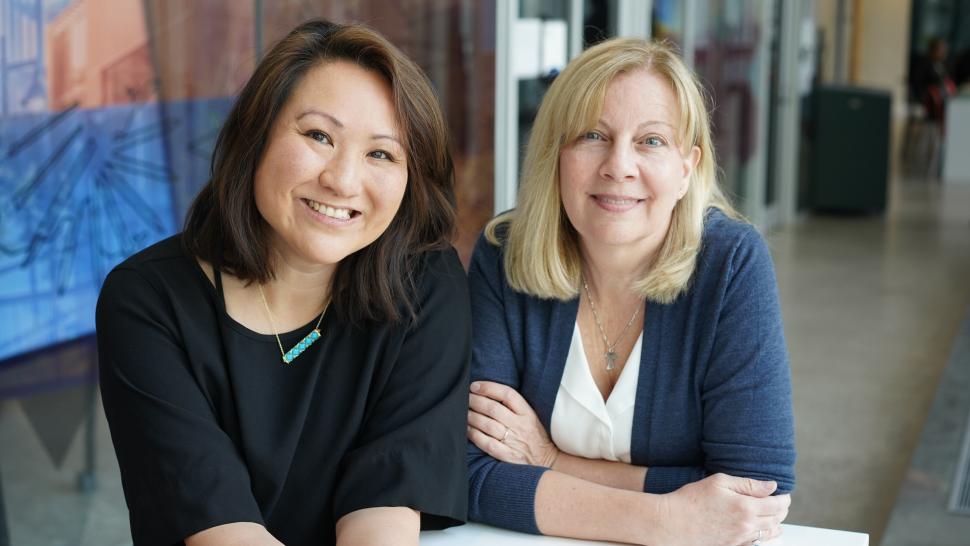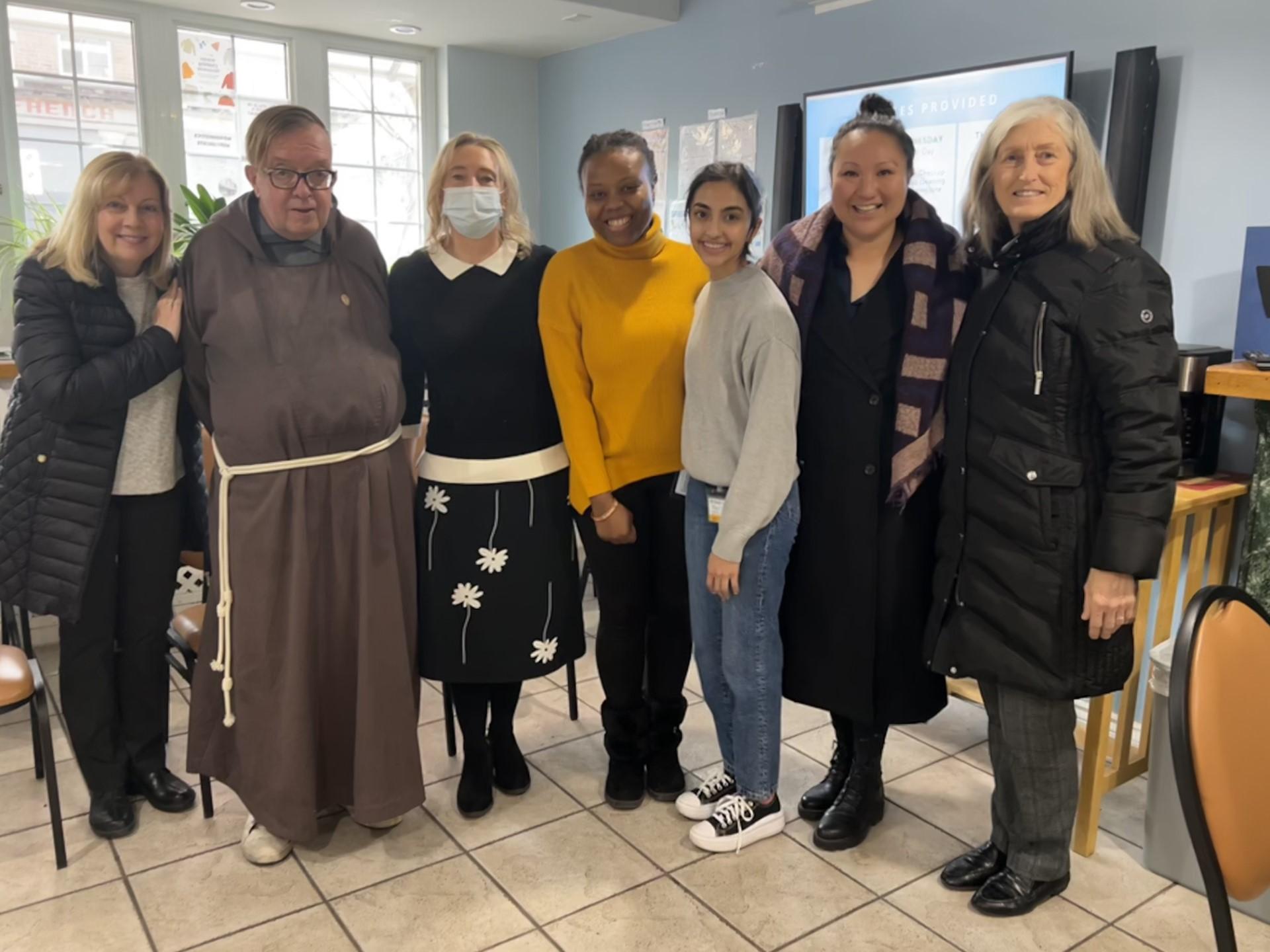
This story is part of an ongoing series that explores the innovative research being led by Humber College's faculty members.
What if an innovative model of health care offered in Guatemala could be applied to assist underserved Toronto communities?
That’s the idea behind the Partnering for Health Access: Developing an Innovative Health Clinic research project. Heidi Siu and Frankie Burg-Feret are both registered nurses and professors in Humber College’s Bachelor of Science - Nursing program. They’re also the principal investigator and co-investigator, respectively, on the project.
Both Siu and Burg-Feret travelled to Guatemala in 2020 on a medical service trip where they brought along a team of Humber students and health-care professionals. Working with community partners and Guatemala health-care workers, the group worked in communities that are under resourced in terms of health care.
When they returned, they decided to use the model they created in Guatemala as inspiration to create a clinic to serve vulnerable populations in Toronto. After connecting with community partners and assessing community needs, the decision was made to develop a faculty-supervised health clinic that would be led by students in Humber’s Nursing program.
A year was spent on the community needs assessment and the team worked with their community partners to co-design the clinic including on operational policies and procedures.
They received funding from the Natural Sciences and Engineering Research Council of Canada and the Canadian Institutes of Health Research for their project that had three research assistants.
It resulted in the Health for All Partnership clinic that launched in September at two Toronto sites - Mennonite New Life Centre of Toronto and St. Francis Table.

At the clinic, the Nursing students help clients navigate the health-care system, provide mental health support, health assessments and health education. The services are offered for free and no OHIP is required. Walk-ins are allowed as well to increase accessibility for the community.
“The model that we've designed, first and foremost, is about providing quality care for those who are in need. But it's also a great opportunity for us to partner with community organizations on a clinic where faculty and students together can practice, learn, innovate and research,” said Siu.

The research project’s objectives were to co-create the clinic with partners to enhance their communities’ access to health care; build an infrastructure to sustainably integrate the clinic with their partners’ existing services; pilot and assess the clinic’s impact on clients and their health outcomes, service providers and how care is delivered to inform the model’s refinement; and to share lessons learned with academic and community organizations to explore the feasibility of adapting the Health for All Partnership model in other communities.
“This is untraditional research as it’s community-based research and we're hoping that the results of this project and this research can help inspire other communities and academic partners who might be interested in either adopting the model or springboarding off of this innovation to create something to really address the health disparity issue that we're finding in our health-care system,” said Siu.
The goal is that the model will be an innovative way to bridge the gap between health care and social services and to provide better care for people with complex health and social needs.